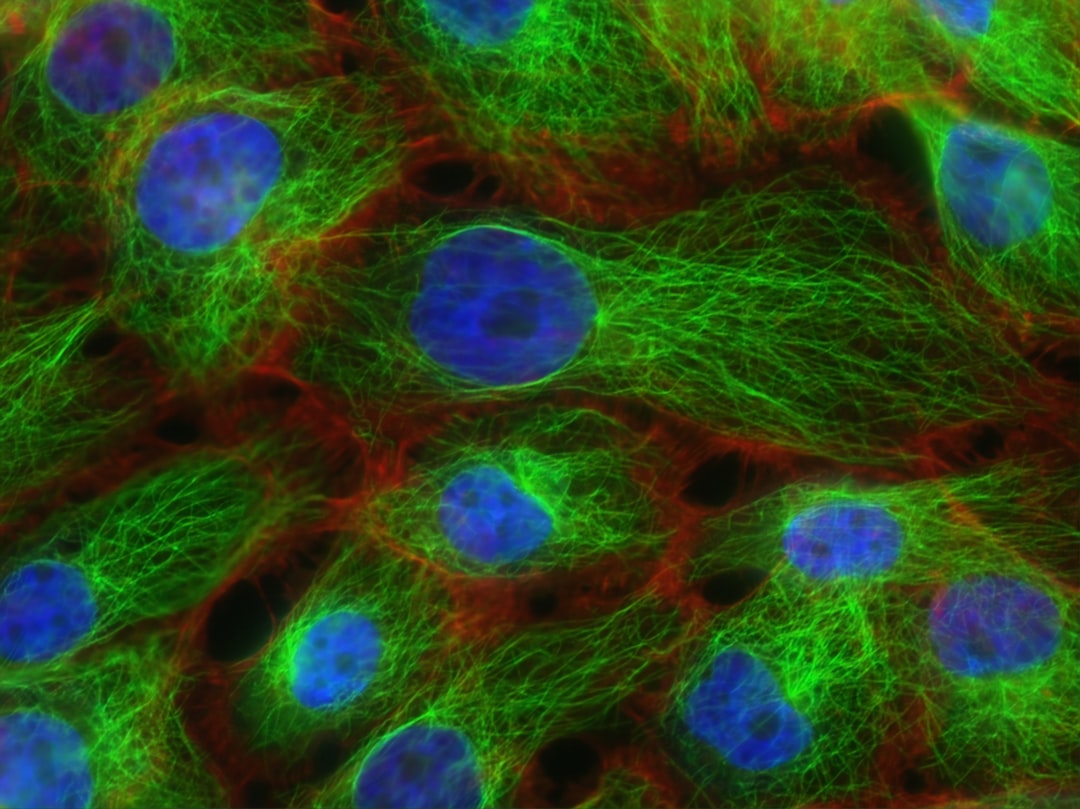What is it about?
Sphingosine-1-phosphate (S1P) is a bioactive sphingolipid involved in inflammation, tumor progression, and angiogenesis. Its been found that HNSCC often develops resistance to chemotherapy and targeted drug therapy. Thus, to overcome the problem of drug resistance, there is a need to explore novel drug targets. Therefore we are focusing on S1P signalling metabolizing enzymes.
Featured Image
Why is it important?
In this article, we had mentioned that SphK1 regulates tumor progression, invasion, metastasis, and chemoresistance in HNSCC. SphK1 expression is highly elevated in advanced stage HNSCC tumors and correlates with poor survival. In this article, we review current knowledge regarding the role of S1P receptors and enzymes of S1P metabolism in HNSCC carcinogenesis. Furthermore, we summarize the current perspectives on therapeutic approaches for targeting S1P pathway for treating HNSCC
Perspectives
This article is very important as it tells about role of S1P signalling in HNSCC. S1P signaling regulates many aspects of HNSCC carcinogenesis, and S1P-targeted therapy for HNSCC is an exciting possibility. As we learn more about this interesting growth-regulatory signaling pathway, its potential to serve as a useful therapeutic target and biomarker of disease in HNSCC will be revealed.
Ms. Supriya Vishwakarma
AIIMS Bhopal
Read the Original
This page is a summary of: Emerging role of sphingosine-1-phosphate signaling in head and neck squamous cell carcinoma, OncoTargets and Therapy, May 2016, Dove Medical Press,
DOI: 10.2147/ott.s99989.
You can read the full text:
Contributors
The following have contributed to this page










